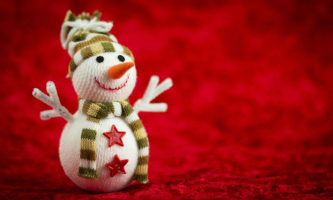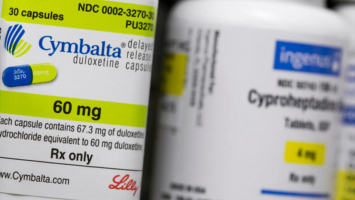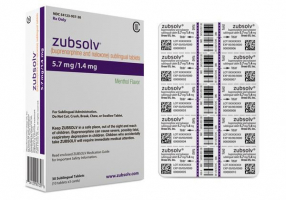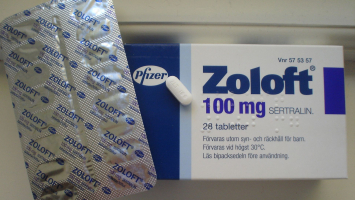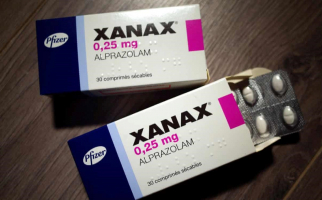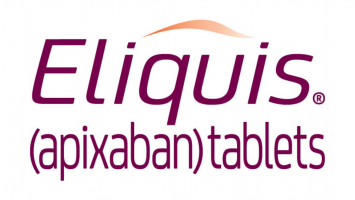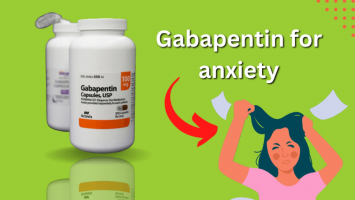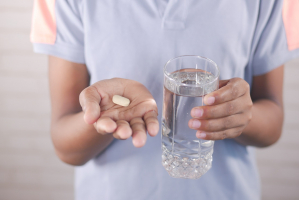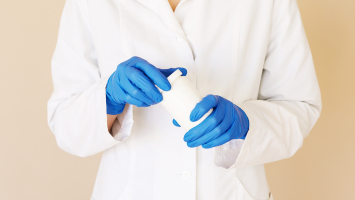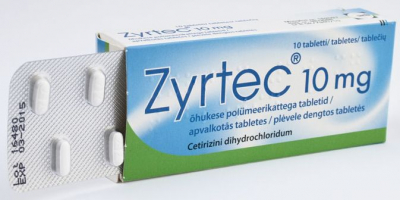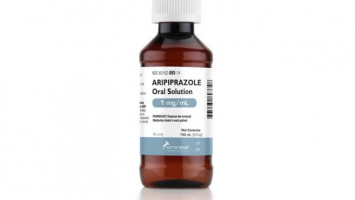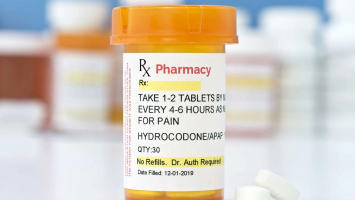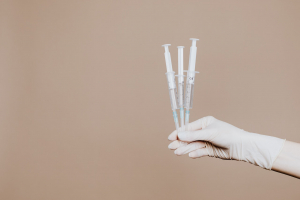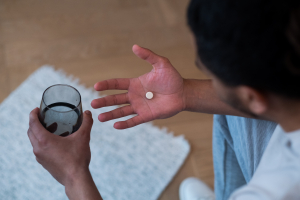Top 7 Things to Know About Bunavail
Bunavail buccal films contain a combination of buprenorphine and naloxone. Buprenorphine is an opioid medication, sometimes called a narcotic. Naloxone blocks ... read more...the effects of opioid medication, including pain relief or feelings of well-being that can lead to opioid abuse. Bunavail buccal films are used to treat opioid addiction. Bunavail is not for use as a pain medication. Here are several things you should know about Bunavail.
-
Bunavail is a buccal film that contains both buprenorphine and naloxone.
Buprenorphine is an opioid (narcotic) with a distinct and complicated mechanism of action that includes partial binding to mu-opioid receptors and a complete binding to kappa-opioid receptors. Opioid receptors have three main effects: they reduce breathing (respiratory depression), they produce euphoria (intense happiness or excitement), and they reduce pain.
Because of the way buprenorphine binds, it can satisfy opioid cravings without causing euphoria or significant respiratory depression. Furthermore, while it is bound to opioid receptors, it prevents other opioids (such as heroin or oxycodone) from binding. It also stays on the receptors for a longer period of time - about three days - making it an excellent choice for use in opioid addiction treatment programs.
To discourage misuse, this combination tablet contains Naloxone. If drug users attempt to convert the film into an injectable form, they will experience opioid withdrawal because naloxone is a very strong mu opioid receptor blocker. Sublingual absorption of naloxone is poor (under the tongue).
Bunavail is a medication in the class known as combination opioid/opioid antagonists.In the United States, the Bunavail brand name has been discontinued.
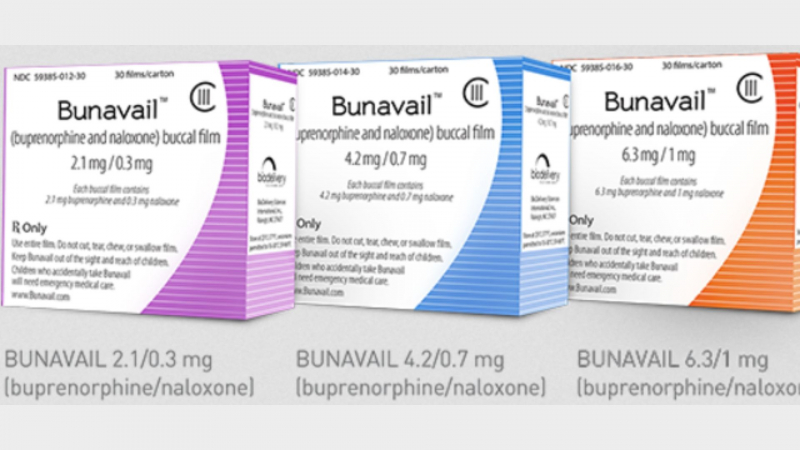
Prescriptiongiant reuma.pro -
Can be used to treat opiate addiction (under strict conditions), usually after an induction period with buprenorphine sublingual tablets.
Can be administered as a single daily dose.
The dosage can be gradually increased until the correct dosage is found that keeps the patient in treatment while suppressing opioid withdrawal symptoms.
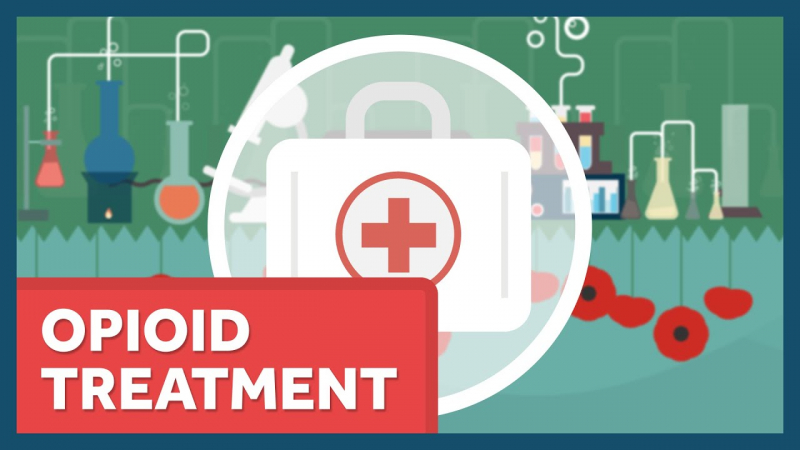
Healthcare Triage's YouTube 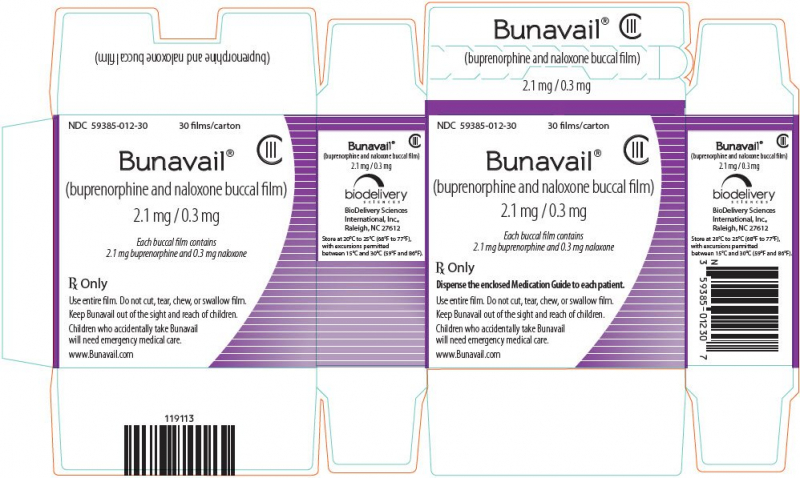
Drugs.com -
If you are between the ages of 18 and 60, do not take any other medications, and have no other medical conditions, you are more likely to experience the following side effects:
- Constipation, diarrhea, difficulty sleeping, flushing or redness of the skin, headache, nausea or vomiting, pain, or sweating.
- Oral numbness has also been reported with the buccal film.
- Has the potential to cause serious, life-threatening breathing problems. This is more likely in people who misuse Bunavail, or when used in combination with other medications that also affect breathing. The elderly or debilitated, and those with pre-existing breathing problems are also at higher risk.
- May be habit-forming, even at the dosage prescribed by your doctor.
- May cause sleepiness or dizziness and affect a person's ability to drive or operate machinery. Alcohol should be avoided.
- Abnormal liver function tests have also been reported; ongoing tests that monitor liver function may be needed.
- May cause a severe lowering of blood pressure, or a sudden drop in blood pressure when going from sitting to standing.
- Risk of heart rhythm disorders (such as QT prolongation), particularly at higher dosages.
- Bunavail is not interchangeable with other brands of buprenorphine/naloxone combination tablets (for example, Suboxone sublingual tablets require a different dose than Bunavail buccal film). Monitor for signs of over-medication as well as withdrawal or under-dosing when switching brands.
- Misuse of Bunavail can cause addiction, overdose, or death.
- There is no generic version of Bunavail available. Other buprenorphine/naloxone films are available as a generic, but these are different strengths than Bunavail and taken in a slightly different way, for example, under the tongue or between your gum and cheek. They are not exactly the same as Bunavail.
- Suboxone films and Zubsolv tablets also contain buprenorphine and naloxone but these are not exactly the same as Bunavail.
Note: People over the age of 65, children, people with certain medical conditions (such as liver or kidney disease, heart disease, diabetes, seizures), or people who take other medications are more likely to experience a broader range of side effects.

Audiology & Hearing Health 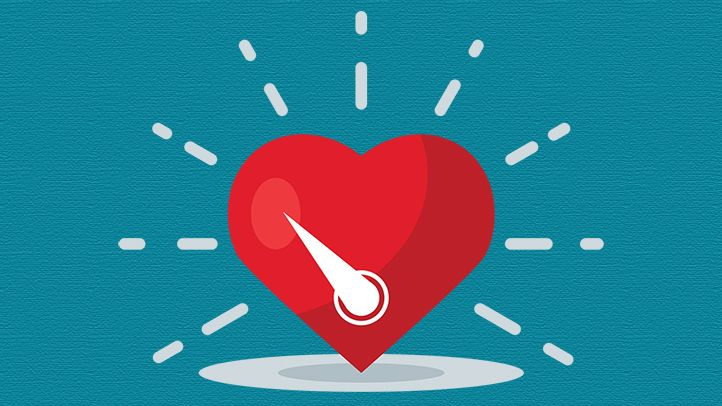
Everyday Health -
Bunavail is a buprenorphine/naloxone oral film that helps to suppress opioid withdrawal symptoms and is used to treat opioid drug addiction in the long term. The Bunavail brand has been discontinued in the United States, but other buprenorphine and naloxone preparations are available, though they are not identical.
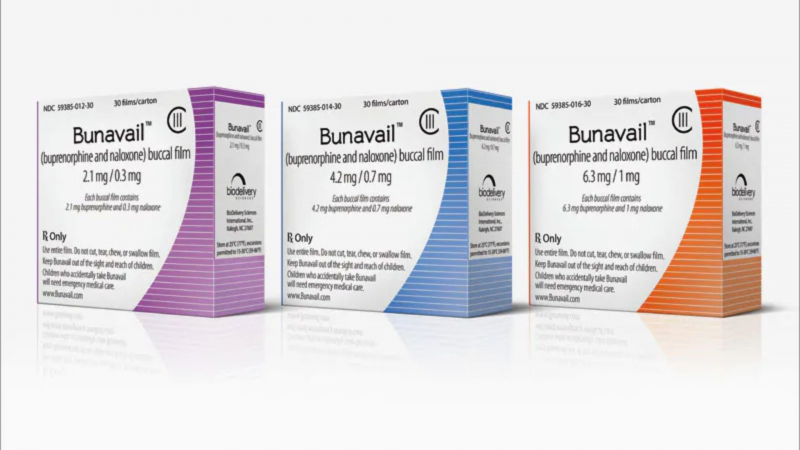
Medscape 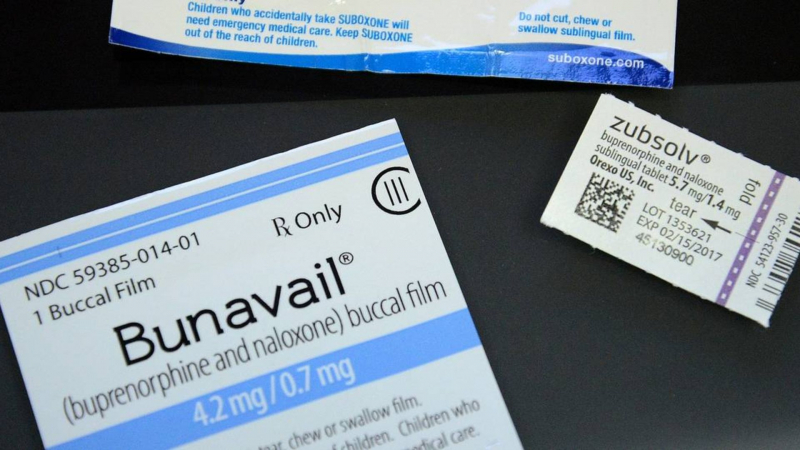
Daily Herald -
Never give Bunavail to anyone else, especially someone who has a history of drug abuse or addiction.
When using Bunavail buccal film, rinse your mouth with water or wet the inside of your cheek before inserting the film. Hold the film for 5 seconds; it should stay in place after that. Avoid touching the film with your tongue or fingers, as well as eating or drinking, until it has dissolved. Never rip or cut the film.
Bunavail is not interchangeable with other brands of sublingual or buccal buprenorphine/naloxone tablets. Dosage adjustments and monitoring may be required when switching brands. Consult your doctor.
Bunavail can make you drowsy and impair your ability to drive or operate machinery. You should not consume alcohol while taking Bunavail.
Before taking any other medications or natural products with Bunavail, consult your doctor or pharmacist because some may be incompatible.
Keep out of the reach of children and pets, as even a single dose can be fatal. Inform other healthcare providers, including dentists, that you are taking Bunavail.
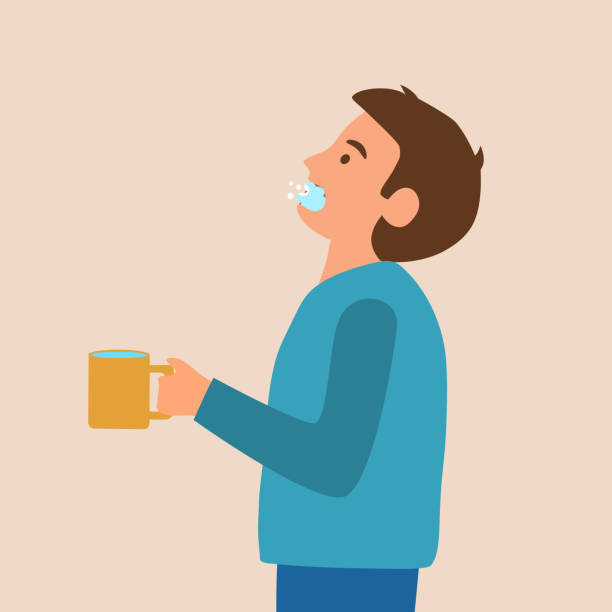
iStock 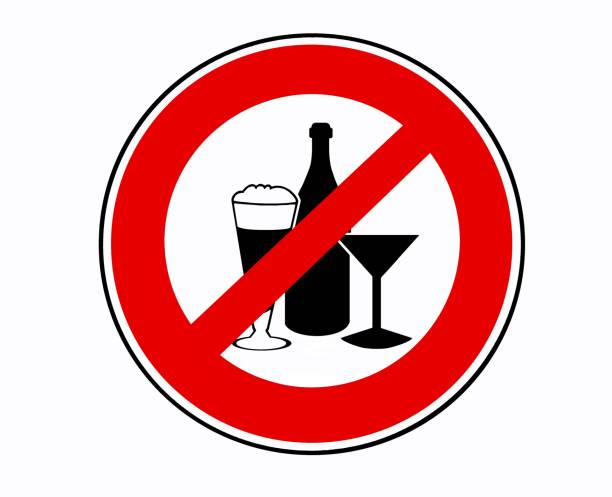
iStock -
The time it takes for Bunavail to be absorbed varies greatly from person to person; however, the peak effect is usually reached within 100 minutes.
Buprenorphine has a ceiling effect, which means that after a certain dose is reached, additional doses have no effect. Because coadministration with liquids reduced buprenorphine absorption by 59% and naloxone absorption by up to 76%, the film should be allowed to dissolve in the mouth without water or food.
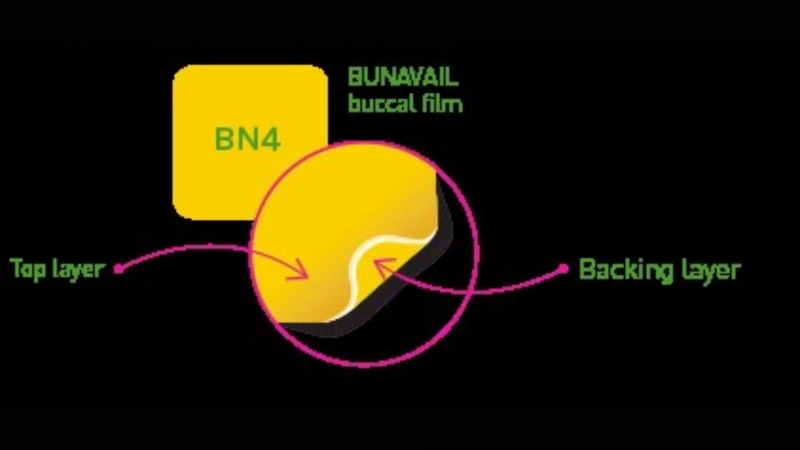
Virginia Recovery 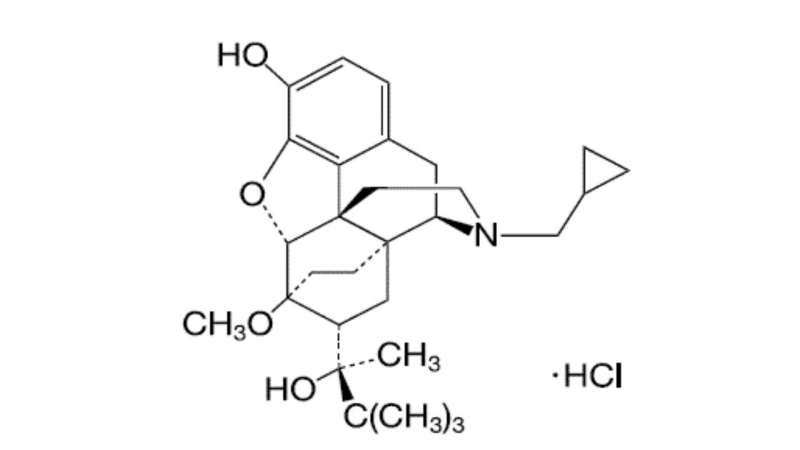
RxList -
Medicines that interact with Bunavail may reduce its effect, shorten its duration of action, increase side effects, or have no effect when combined. An interaction between two medications does not always necessitate the discontinuation of one of them; however, it can. Consult your doctor about how to handle drug interactions.
Bunavail may interact with the following medications:
- 5-hydroxytryptophan
- albuterol
- antibiotics, such as azithromycin, clarithromycin, erythromycin, and norfloxacin
- antidepressants, such as tricyclic antidepressants (eg, amitriptyline), monoamine oxidase inhibitors (eg, isocarboxazid, phenelzine, and tranylcypromine), or SSRIs (eg, fluoxetine, sertraline)
- antifungal agents, such as itraconazole and ketoconazole
- anticonvulsants, such as brivaracetam, carbamazepine, divalproex, lamotrigine, phenytoin, phenobarbital, or primidone
- antipsychotics (such as butyrophenones, phenothiazines, or thioxanthenes) and atypical antipsychotics (eg, aripiprazole, olanzapine, quetiapine, ziprasidone)
- any medication that may cause drowsiness, such as benzodiazepines (eg, alprazolam, diazepam, lorazepam), sleeping pills (such as zolpidem or ziprasidone), or first-generation antihistamines (such as doxylamine or promethazine)
- bisacodyl
- bupropion
- buspirone
- busulfan
- cannabis
- cyclosporine
- dapsone
- dasatinib
- droperidol
- echinacea
- flucloxacillin
- heart medications such as amlodipine, atenolol, or candesartan
- HIV medications, such as delavirdine or ritonavir
- metoclopramide
- muscle relaxants, such as baclofen or cyclobenzaprine
- opioids such as codeine, fentanyl, or morphine
- pregabalin
- rifampin
- sodium oxybate
- valerian
- other medications that affect serotonin, such as amphetamines, lithium, tramadol, or triptans (eg, almotriptan, eletriptan, or sumatriptan).
While taking Bunavail, avoid grapefruit products, alcohol, and illegal or recreational drugs.
It should be noted that this list is not exhaustive and only includes common medications that may interact with Bunavail. For a complete list of interactions with Bunavail, consult the prescribing information.
Consumer HealthDay 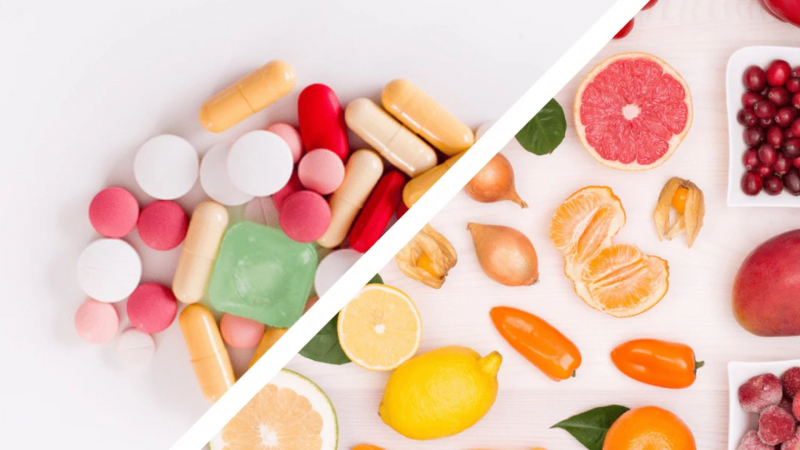
Burt's Pharmacy









